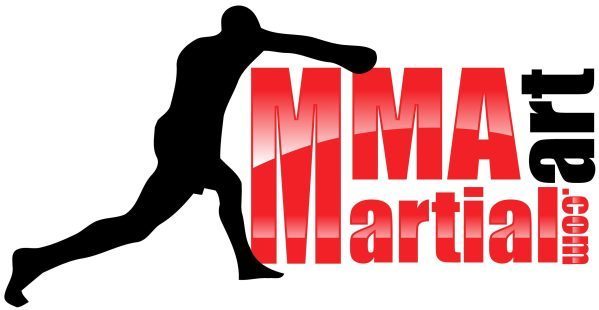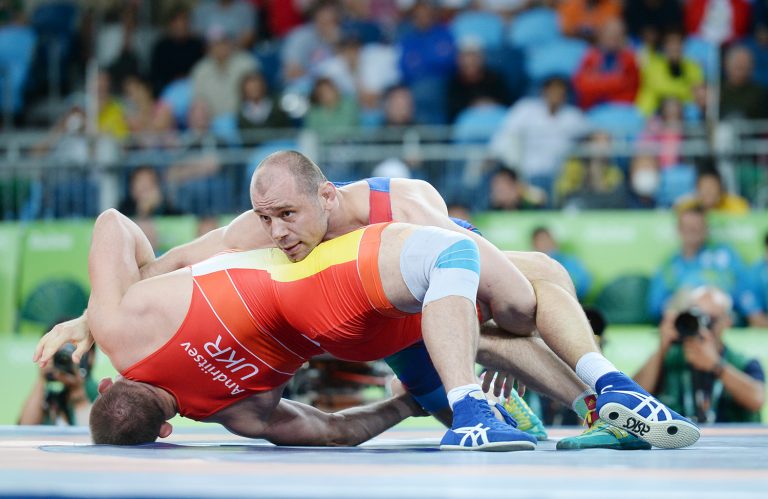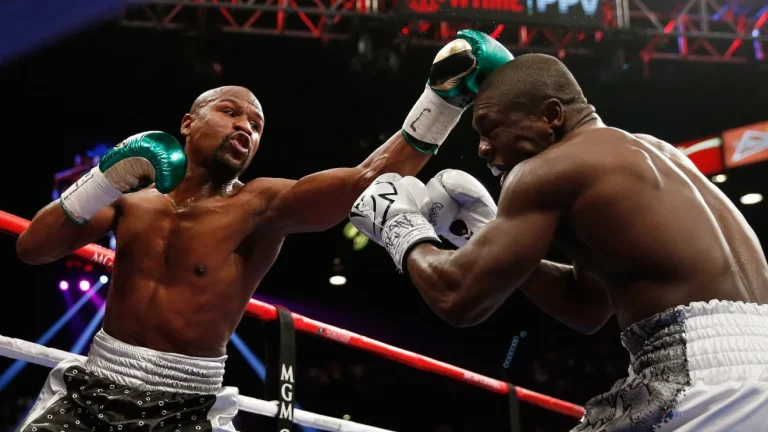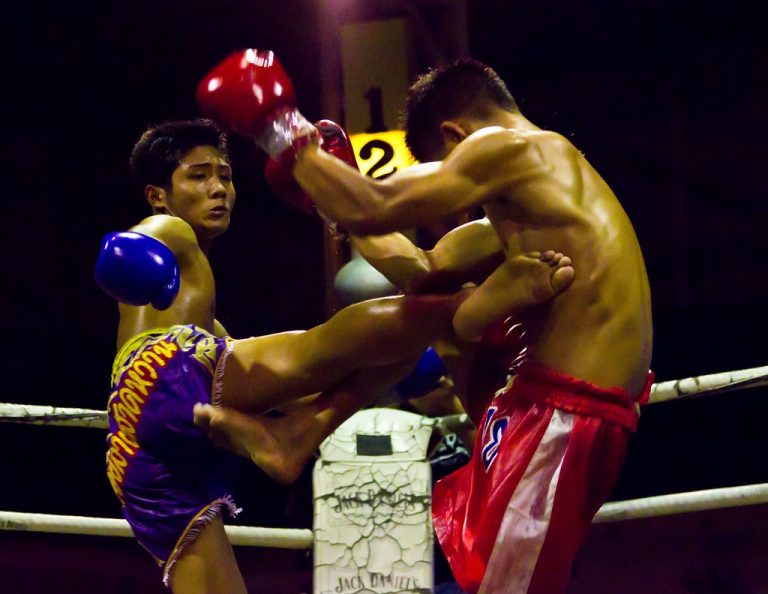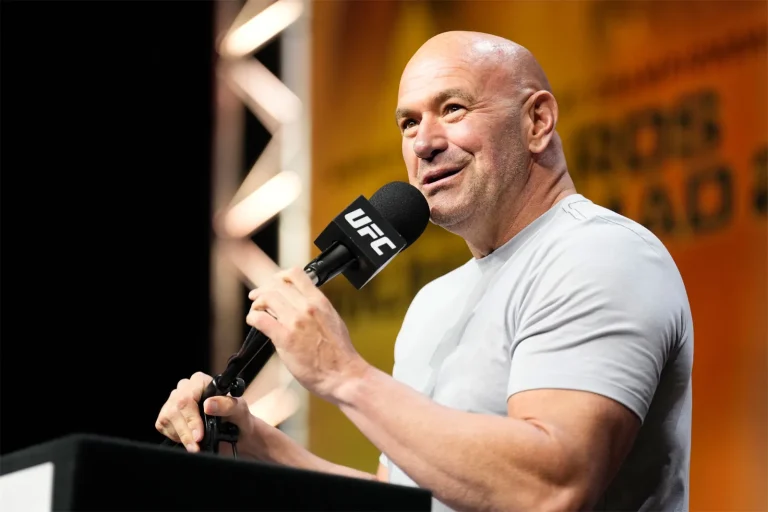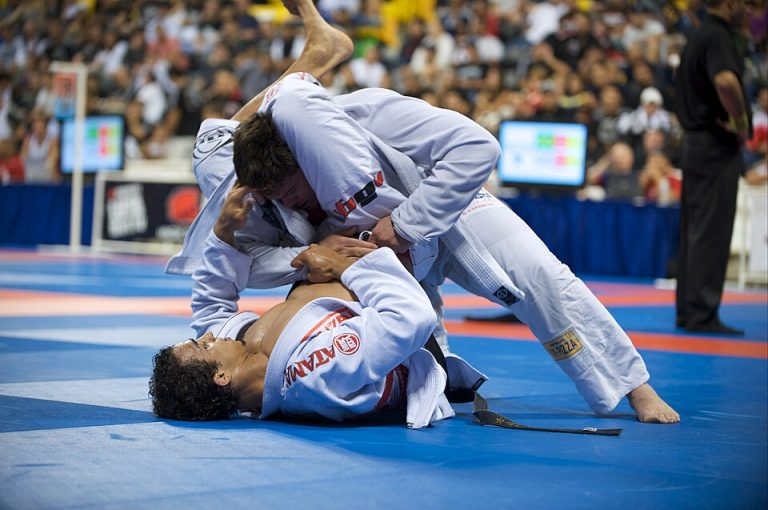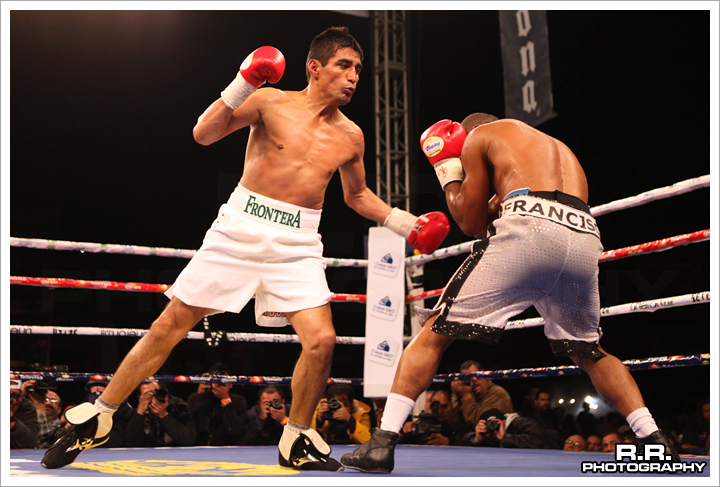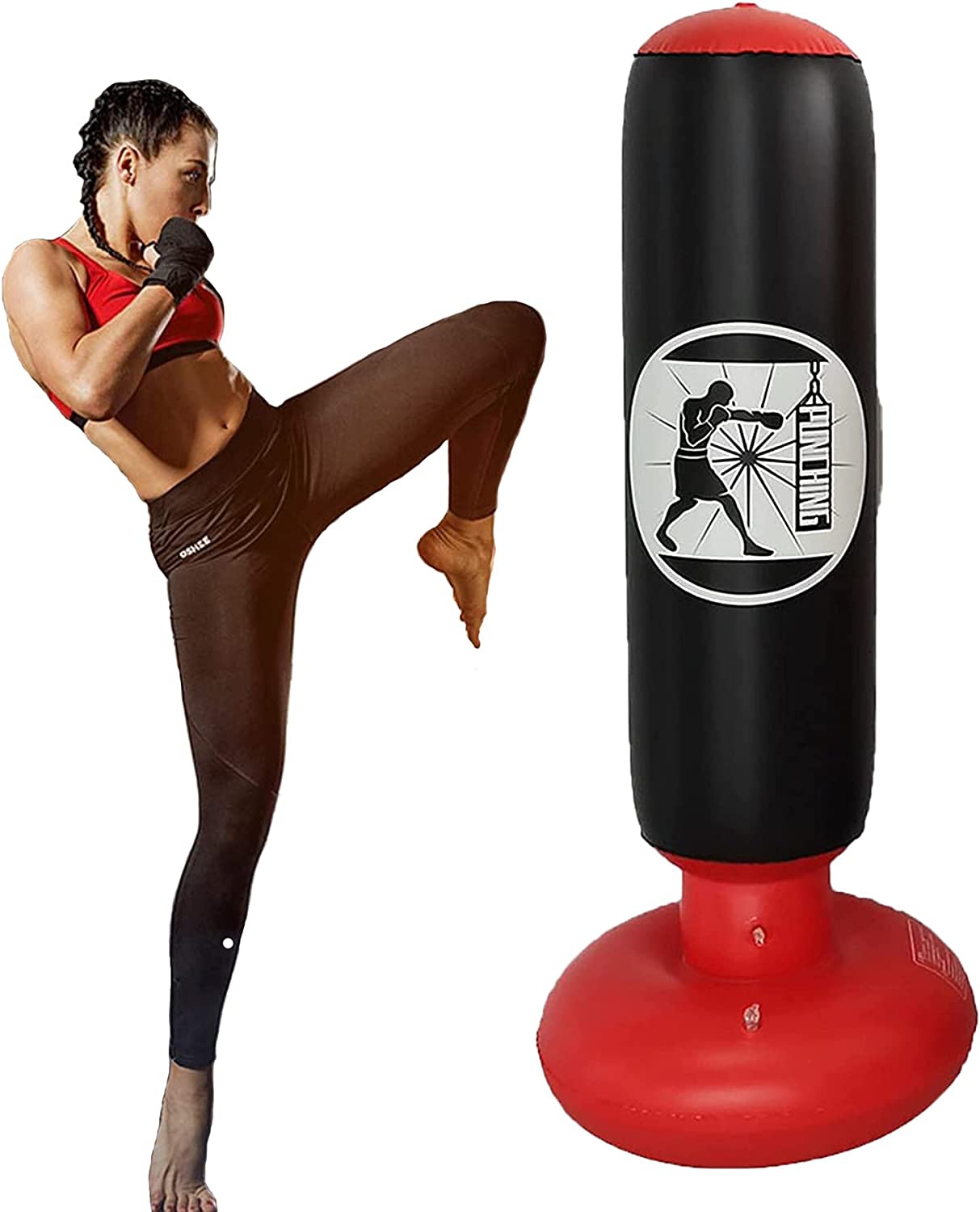
Anyone who trains in a striking-based martial art or wants to be better equipped to defend themselves should seriously consider getting a punching bag. Hitting a bag regularly has many benefits, like providing excellent cardio, increasing your striking power, and stress relief. You’ll be shocked at how therapeutic hitting a bag can be anytime you find yourself dealing with frustration, anger, or stress.
A punching bag allows you to throw full-force punches at a target without damaging your hands. You should also wrap up your hands and wear boxing gloves for extra protection. Top boxing coach Freddie Roach is a huge fan of punching bags and forces all of his fighters to work on them.
“I still make all my fighters use them,” Roach explains about the benefit of the punching bag. “Mitts may look a little flashier, but the heavy bag is great for raw strength and power.”
Eight Things To Go Over When Selecting a Punching Bag
There are various types of punching bags, each with its specific uses. For example, a speed bag helps with hand-eye coordination and speed, but it won’t increase your punching power. Let’s take a look at the different types of punching bags to help you decide which is best for you.
1) Standard Heavy Bag
The heavy bag is the most commonly used type of punching bag since it’s the most versatile. It provides the most all-around benefits like providing great cardio, increasing your hitting power, and helping with defensive movements and footwork.
The heavy bag was specifically designed to help boxers increase their punching power by providing a target that they could throw maximum-force punches at. Heavy bags typically have a cylindrical shape and are hung off chains on ceilings or wall brackets.
A good heavy bag weighs somewhere between 50kg and 70kg. The heavier a bag is, the less it moves when hit, providing excellent power training. Heavy bags are used by various combat sports athletes like kickboxers, boxers, Muay Thai fighters, Karatekas, and MMA fighters. It’s an excellent tool for developing well-rounded striking skills.
2) Round Heavy Bag
Round heavy bags are designed to sharpen your attacks on the body like punches, kicks, or knees. They are particularly good for training uppercuts and other close-range body strikes. As is the case with conventional heavy bags, you generally want to get a heavy bag with some weight behind it so it doesn’t move much when you hit it.
3) Free-Standing Punching Bag
The free-standing punching bag is one of the easiest types of bags to set up. It allows you to avoid having to drill into your ceiling or wall to set it up. Free-standing bags typically have a hollow base that’s filled up with dense materials like water or sand to keep them somewhat anchored to the ground. Some have suction cups underneath for extra stability.
This makes it easier to move free-standing bags and place them wherever you want. Working out with them provides cardio and increases your power, but the benefits don’t stop there. Free-standing bags often come with springs inside that make the bag return back to the user after each hit. This allows you to work your speed and movement a lot better than you would be able to with a standard punching bag.
4) Banana Bag
The banana bag is a staple in Muay Thai and kickboxing gyms worldwide. It’s a thinner, longer version of the standard heavy bag, but it’s designed to allow you to work a wider range of kicks and knee strikes. You can also use the banana bag to practice working in the clinch.
The banana bag allows you to work strikes like low kicks, which you can’t always do with a conventional bag. The standard banana bag weighs about 60kg.
5) Angled Heavy Bag
The angled heavy bag has a wider top than a conventional heavy bag and a slimmer trunk. That them excellent for throwing uppercuts and practicing such techniques. It’s not the bag you should get if you’re only looking to only get one punching bag, but it’s excellent for working your inside fighting skills and increasing the power behind such strikes.
6) Speed Bag
Speed bags are the lightest type of punching bags and are designed to move quickly and snap back when hit. They are typically filled with air and are used to work on your coordination, timing, and rhythm.
It also gives your arms an excellent aerobic workout, while engaging your core, back, and legs. Stick to one of the larger speed bags if you’ve never used one before. Those move slower than the smaller ones, making them an excellent choice for anyone new to speed bags.
7) Double-End Heavy Bag
A double-end heavy bag looks a lot like two angled heavy bags stacked on each other. It’s mostly used for training body shots like uppercuts, hooks to the body, and knees. It should not be confused with a double-end striking bag that looks like a ball suspended in the air with two strings. The double-end heavy bag mimics the shape of the human body, allowing you to practice your body shots on a more realistic target.
8) Century Bob
Also called the American Bob, the Century Bob is a type of free-standing heavy bag that’s shaped like a man’s head and torso. This gives you a more realistic feel of what hitting another person would be like compared to standard heavy bags.
As is the case with other types of free-standing bags, the century bob is anchored down with sand or water. The Bob is quite popular with mixed martial artists despite being one of the more expensive types of bags.
Find the Right Punching Bag for You
Figuring out the type of bag you want is only half of the battle. Other things you should consider include:
- Surface material: Leather punching bags are generally viewed as the best and most comfortable. Synthetic bags are cheaper and better suited for humid environments
- Filling material: The material used to fill the bag determines how hard it feels. Sand is used for maximum weight and firmness, while water-filled bags are gentler on your wrists and shins. Textile-filled bags are lightweight, while air-filled bags are the lightest. Most bags are filled with a combination of sand and textiles
- Size and weight: The size and weight determine what techniques you can practice and how much the bag moves respectively. For example, a Muay Thai fighter needs a longer bag than a boxer since they also practice kicks
Read more:
Here’s How Martial Arts Teaches Sportsmanship To Your Children
How Often Should You Train MMA?
The Skinny Guy’s Guide for Building Muscle Mass
Preparing for an MMA career: Amateur or Pros
5 Reasons Why Sambo Might be the Best Martial Art for Self-Defense
